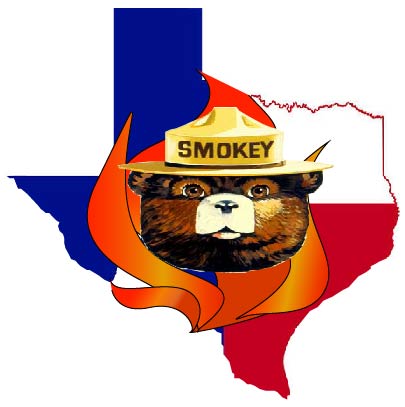
Geographical Analysis of Austin Fire Department s Wildfire Ignitions from January 2012 to July 2018
Summary
The Austin Fire Department Wildfire Division (AFDWD) documents hundreds of reported fire ignitions a year. Because of this there is an imminent need to geographically analyze the factors involved in the creation of these human-induced incidents. This study was completed by Bobcat Wildfire Consultants (BWC) and looks at a 6-1/2 year window of 1,046 reported ignitions that occurred within the municipal boundary of Austin from January 2012 to July 2018. The spatial analysis will show a quantitative report of ignitions by administrative boundaries as well as a hot-spot analysis that shows where ignitions are concentrated based on their nearest neighbor clustering. A temporal analysis tracks and graphs the number of reported ignitions per year, the highest number of ignitions by hour of the day, the number of ignitions by day of the week, and a fire count categorized by seasons. We wrap up the report with an ordinary least squares (OLS) and geographically-weighted regression (GWR) to produce an ignition potential model for fire density by using fuel data (i.e. vegetation) as our explanatory variable. With this report we intend to aid decision makers in understanding where current wildfire threats pose a risk to people and property and where to effectively manage resources to help control these threats.
Purpose
The purpose for this project is to report wildfire occurrences and trends to AFDWD while bringing awareness to the general public. The benefits of a geographical analysis will help reveal hidden patterns in the data. In order to accomplish this, BWC will work with the AFDWD to provide a geographical analysis of their reported wildfire ignitions. As such, we have set out to provide a comprehensive perspective of AFDWD s reported ignitions in terms of spatial distribution, temporal relationships, and predictive modeling.
Methods
We ran a spatiotemporal analysis, ordinary least squares and geographically-weighted regression using North American Datum 1983 Texas State Plane Central Zone, U.S. feet. We reported results on fire occurrences by administrative boundaries, concentrated clustering of annual fire occurrences, weather condition relationship to reported fires, and a prediction analysis for fire density using fuel as our explanatory variable.
Conclusion
We found that wildfires more commonly occur where easily ignitable fuels such as grass and brush are distributed but have come to understand that forested areas are equally susceptible. We have provided a set of usable facts to help stakeholders of Austin, young or old, rich or poor, Democrat or Republican. When wildfire presents itself, it does not discriminate against any group, so everybody should be aware. Our interpretation of the data will hopefully bring awareness to the forefront of people s minds not just at 1 pm, or on Mondays, or during the Summer, but at all times. The threat of wildfires is a never-ending serious concern to people and property, so the better we can understand the factors that play a role in their occurrence the more informed our decisions and behaviors in controlling them will be.

Wildfire Occurrences